WIRED
By David Axe
August 19, 2007 | 9:54:06 PM
Two years ago Hurricane Katrina kicked the U.S. government's ass. Now, as Hurricane Dean sweeps past Jamaica on its way to the U.S. Gulf Coast, FEMA, the Coast Guard and the other military services are poised to prove they can do better the second time around. The military response actually began days ago when the Air Force's WC-130J hurricane-hunting patrol planes deployed brand-new sensors to more accurately predict when and where Dean will hit and what kind of damage it will do, according to the service. The "Stepped-Frequency Microwave Radiometer," or "smurf,"
allows the Citizen Airmen of the Hurricane Hunters to constantly measure surface winds directly below the aircraft. The smurf can also determine rainfall rates within a storm system. This, in addition to wind speeds at flight level, provides structural detail of the storm. "The SFMR will be the biggest advance I can think of to improve hurricane intensity forecasts," said Max Mayfield, former director of the [National Hurrican Center].
The data collected by the Hurricane Hunters increase the accuracy of the NHC forecast by 30 percent, a rate which will undoubtedly increase with the use of the smurf. This data enables the NHC to more accurately predict the path of storms in order to save lives and narrow areas of evacuation, according to NHC forecasters.
U.S. Air Force Fact Sheet
STEPPED-FREQUENCY MICROWAVE RADIOMETER
PURPOSE: The Stepped-Frequency Microwave Radiometer is a state-of-the-art instrument designed to continuously and accurately measure the winds at the ocean's surface directly below the aircraft. The SFMR, affectionately known as "smurf", is installed on the WC-130J within a pod attached to the aircraft's wing. As the plane flies through a storm, the SFMR senses microwave radiation naturally emitted from foam created on the sea by winds at the surface. Computers then determine wind speeds based on the levels of microwave radiation detected. Currently, winds are extrapolated from the winds at the aircraft's altitude or from a dropsonde released from the aircraft, however, the SFMR directly measures the surface winds and is not confined to a single point like the dropsonde. This constant measurement of surface winds gives the National Hurricane Center a more complete picture of the storm. The SFMR can also determine rainfall rates within a storm system. This, in addition to wind speeds at flight level, provide structural detail of the storm. Two Hurricane Hunter aircraft will be equipped with the SFMR by the end of June with one added each month until all 10 WC-130J aircraft are outfitted with the SFMR pod, the last to be equipped in March, 2008. SPECIFICATIONS:WP-3D Stepped Frequency Microwave Radiometer (SFMR)
Project page for SFMR development | |||||||||
Weather Story:
Well we have Tropical Storm Gil and Tropical Depression ELEVEN E (RESOE EDIS) off the Pacific Coast that we are keeping an eye on. There are also a couple of interesting tropical waves forming off the African Coast (see Tropical Weather Outlook and Storm Watch-Carib interactive graphics- left side of page)!
Chicago Weather for the weekend? Just great! Have a wonderful Labor Day Weekend!
RS

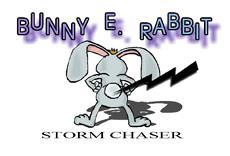







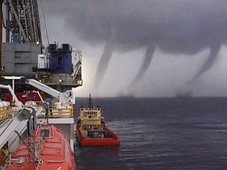
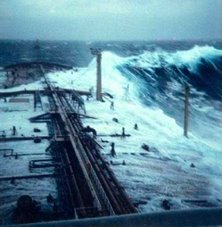
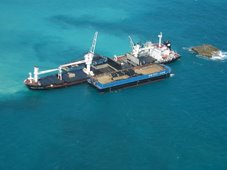
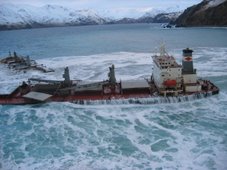
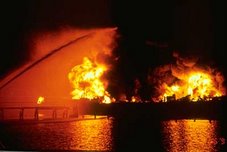
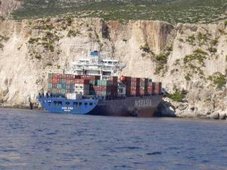
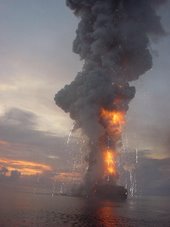

![Validate my RSS feed [Valid RSS]](valid-rss.png)